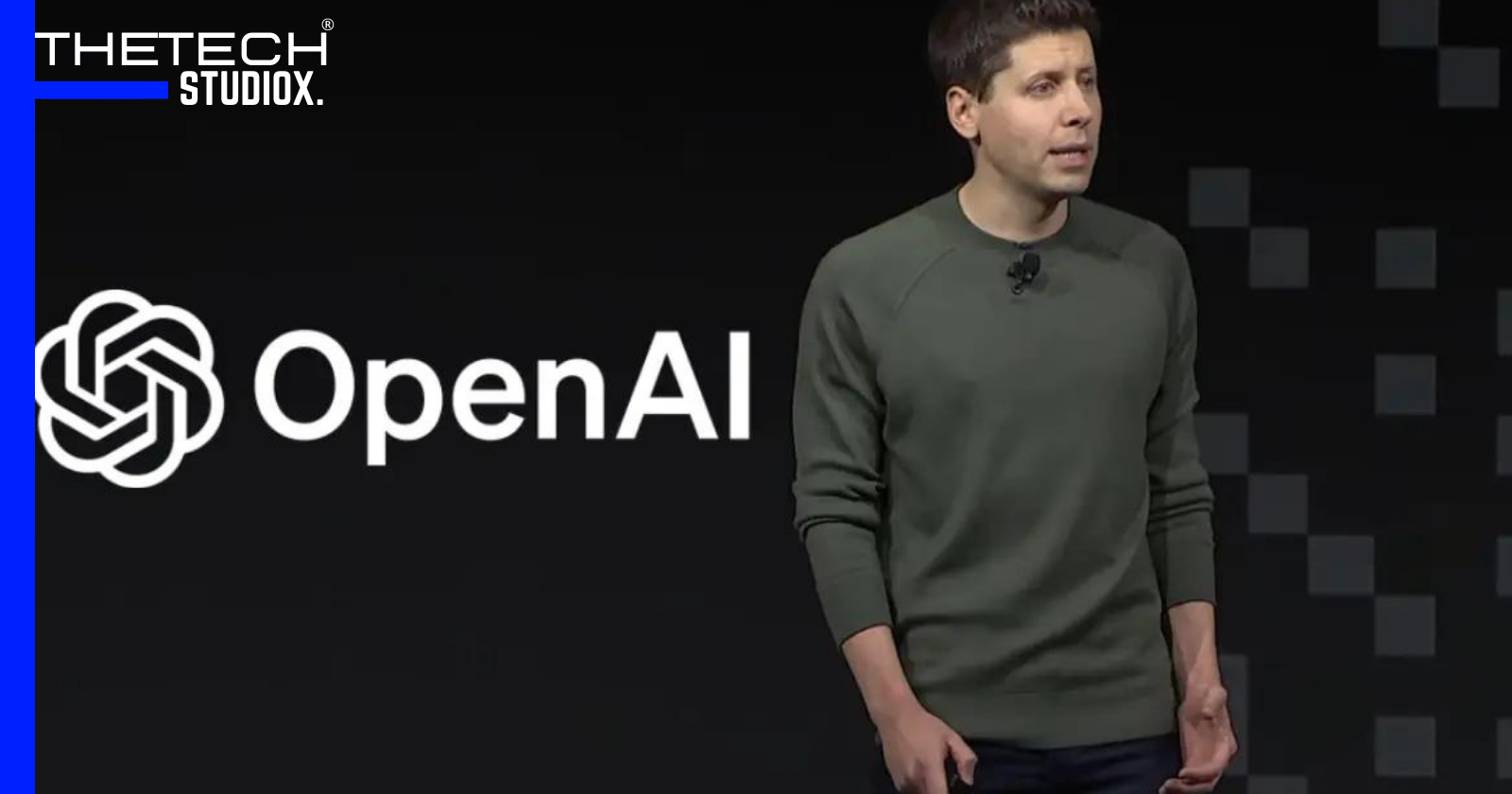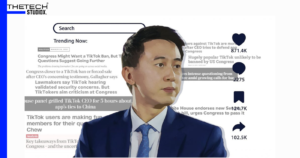Table of Contents
Investors Keep Pushing for OpenAI’s Sam Altman
OpenAI, the renowned artificial intelligence company, has recently been embroiled in a dramatic episode of succession, leaving its future hanging in the balance. The turmoil began when Sam Altman, the co-founder and CEO of OpenAI, was abruptly fired by the board on Friday, causing shockwaves throughout the organization. As the dust settles, OpenAI investors and senior leaders are engaged in ongoing discussions, pushing for Altman’s reinstatement as CEO, while the company’s employees have voiced their discontent in an open letter to the board.
1. The Demand for Altman’s Return
In a display of unity, nearly 95% of OpenAI’s workforce, consisting of around 730 employees, signed an open letter threatening to quit unless the board resigns and reinstates Sam Altman as CEO, along with co-founder and former president Greg Brockman. The letter emphasized the detrimental impact of the board’s actions on the company’s mission and work, stating that their conduct has called into question their competence to oversee OpenAI.
Even more striking is the fact that the letter’s signatories include Ilya Sutskever, OpenAI’s chief scientist and a member of its board, who has been accused of orchestrating the boardroom coup against Altman. By standing in solidarity with their colleagues, Sutskever and the other signees make a powerful statement about their dissatisfaction with the board’s decisions.
2. The Unsettling Weekend in Silicon Valley
The events that unfolded over the weekend in Silicon Valley were nothing short of head-spinning. OpenAI’s board initially removed Altman from his position, citing inconsistent communication with the board as the reason behind their decision. However, this move created chaos within the company due to its unique corporate structure, designed to safeguard against the risks associated with rogue AI.
Mira Murati, OpenAI’s chief technology officer, was appointed as the interim CEO in an attempt to stabilize the company. However, facing backlash from investors, including Microsoft, OpenAI’s board seemed receptive to the idea of Altman’s return. Altman himself even posted a photo on Sunday, wearing a visitor’s badge at the company’s headquarters, hinting at a potential comeback. But the board later informed the staff that Altman would not be returning.
3. Microsoft’s Involvement and Altman’s New Venture
Following Altman’s departure from OpenAI, Microsoft CEO Satya Nadella announced that both Altman and Brockman would be joining the tech giant to lead a new advanced AI research unit. Nadella’s statement seemed welcoming to any OpenAI employees who might choose to jump ship, assuring them that Microsoft would provide the necessary resources for their success.
This development further complicates the situation for OpenAI, as it raises the possibility of losing a significant portion of its staff to Microsoft. The open letter signed by employees explicitly mentions the option of joining Altman at Microsoft, with the assurance that positions are available at the new subsidiary. The potential exodus of talent poses a significant challenge for OpenAI’s future operations and projects.
4. OpenAI’s Governance Structure and Divisions
The ongoing saga at OpenAI sheds light on the company’s unique governance structure, which grants significant power to a few nonprofit board members. While this structure was intended to ensure responsible AI development, it has also become a source of division within the organization. Altman’s efforts to secure funding for OpenAI and explore commercial opportunities may have unsettled certain board members who prioritize the safe development of AI.
The rapid reshuffling of leadership positions at OpenAI, with Murati being replaced by Emmett Shear, the former CEO of Twitch, has added to the turbulence within the company. These sudden changes have left many employees frustrated, citing a lack of communication regarding Altman’s firing. On platforms like X, several employees expressed their willingness to leave OpenAI and join Altman, emphasizing the importance of the company’s people.
5. The Potential Exodus and Microsoft’s Acqui-Hiring
The open letter signed by OpenAI employees serves as a strong warning to the board, highlighting the potential loss of talent if their demands are not met. The threat of a mass exodus becomes even more significant considering Microsoft’s open invitation to join Altman’s new subsidiary. This situation could result in Microsoft essentially acquiring the entire company, further shifting the balance of power in the AI industry.
Microsoft’s move to hire Altman and Brockman highlights the significance of their leadership and managerial skills in the AI industry. As OpenAI’s biggest investor, Microsoft recognizes the value of the management group that has led the company to success thus far. By securing their expertise, Microsoft aims to strengthen its own AI capabilities and accelerate innovation.
The Call for Board Resignation and New Appointments
The open letter not only demands Altman’s reinstatement but also calls for the resignation of the current board members. It suggests that the board’s actions have jeopardized the company’s work and undermined its mission. Furthermore, the letter proposes the appointment of two new independent lead board members, Bret Taylor and Will Hurd, to ensure effective governance. Taylor, with close ties to Altman, brings valuable tech industry experience, while Hurd’s political background adds a different perspective to the board.
The letter’s ultimatum presents a challenging situation for OpenAI’s board, as it raises the possibility of losing a significant portion of the company’s workforce. The board’s response to these demands will undoubtedly shape the future trajectory of OpenAI and determine whether the company can regain stability amidst the ongoing turmoil.
Conclusion: A Critical Juncture for OpenAI
OpenAI finds itself at a critical juncture, with employees demanding leadership changes and investors advocating for Altman’s return. The unity displayed by OpenAI’s workforce highlights the dissatisfaction with the board’s decisions and the desire for a leadership team that is competent and aligned with the company’s mission. As the situation unfolds, the board’s response will determine the company’s ability to retain talent and regain stability.
The potential exodus of employees to Microsoft raises questions about OpenAI’s future operations and projects. Microsoft’s acquisition of Altman and Brockman signifies the value placed on their expertise in the AI industry. Whether OpenAI can weather this storm and maintain its position as a leading AI company remains uncertain. The coming days will undoubtedly shape the trajectory of OpenAI and shed light on the future of this high-profile startup.




